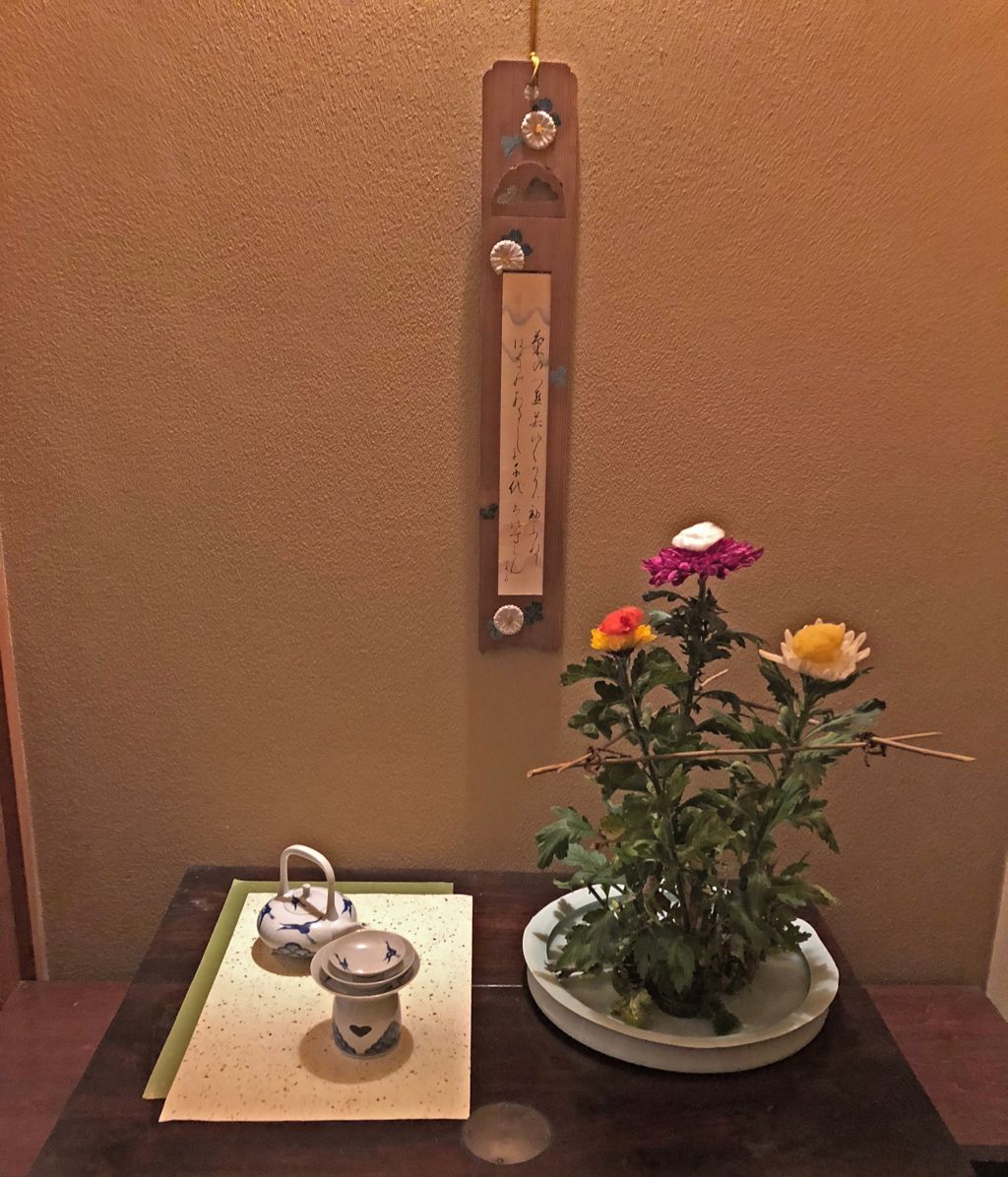September 2018 – Genmaicha from Japan
This month we are doing a tour of Japan! We selected a Genmaicha (玄米茶) with ingredients picked from all over Japan: green teas grown in the prefectures of Mie (三重) and Shizuoka (静岡), brown rice grown in the prefecture of Yamagata (山形), matcha refined in Uji (宇治) and black soybeans from… somewhere in Japan!
Genmaicha
Genmaicha simply means “brown rice tea”, and is usually made by mixing green tea and roasted brown rice. Roasted brown rice takes the shape of a white flower, similar to pop-corn. In this Genmaicha there's matcha and black soybeans added on top of the brown rice.
We don't cultivate green tea in the region of Yamagata, because it is located in the North of Japan and is not suitable for tea plantations. Instead, we cultivate delicious rice there. As a result, the producer -named Kiyokawaya (清川屋)- in the prefecture of Yamagata had the idea of making a Genmaicha using a variety of rice unique to this region, called “つや姫 (tsukihime - brilliant princess)” having features like “sweetness”, “umami” and “polish”. According to the producer, the tea has three characteristics: (1) a pleasant bitter aroma coming from roasted brown rice, (2) a beautiful colour coming from matcha and (3) a rich taste.
To taste this Genmaicha, I picked a Japanese sweet called “秋日 (Shujitsu)”. It means “a day of autumn”. We are still far from autumn here in Japan, however, let’s imagine the sunset with dragonflies of an autumn day for a moment, like the image of this cake.
The dragonfly represents the autumn. Samurais loved it very much and used it as motif or blazon, because dragonflies fly upward, not downward. We also call dragonflies “Kachimushi (勝ち虫)”, literally insect of victory. This is exactly what they had really desired. Anyhow, it looks strong even in English with the word “dragon”. This tea goes very well with the sweetness of this cake.

Festival of Chrysanthemums
September 9th (double 9) is the festival of Chrysanthemums, dedicated to longevity and older people. It was imported from China at the beginning of the Heian period (8th century). Unfortunately Japanese people tend to forget this festival, compared to 3/3 (for girls) or 5/5 (for boys). This is the last festival of the year based on a doubling an odd figure. We especially celebrate it with chrysanthemums, because chrysanthemums are the symbol of longevity.
Once upon a time in China, a boy who lived near a river surrounded by chrysanthemums had become Senin (Immortal). On this day, we eat chrysanthemums, for example boiled and seasoned with soy sauce. We also drink chrysanthemum sake or make chrysanthemum arrangements with cotton, etc. The prefecture of Yamagata is classed as the 2nd producer of edible chrysanthemums after Aichi (yes, our previous tea selection was from there…). It is not that often that we eat chrysanthemums…

Brewing Genmaicha
The amount of tealeaves should be adapted according to the desired taste: it should be around one tablespoon (9.5 grams) of Genmaicha for 180ml (6oz) of spring water. The infusion should last 20 to 30 seconds in water at 90ºC (190ºF).
If you have questions about Japanese teas, please do not hesitate to contact us!
